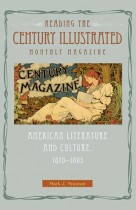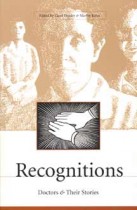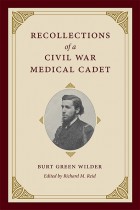Reading Hemingway’s A Farewell to Arms
Robert W. Lewis and Michael Kim Roos | Filed under: Hemingway Studies, Literature & Literary Criticism, Reading Hemingway
In this comprehensive guide, Lewis and Roos reveal how A Farewell to Arms represents a complex alchemy of Hemingway’s personal experience as a Red Cross ambulance driver in 1918, his extensive historical research of a time period and terrain with which he was personally unfamiliar, and the impact of his vast reading in the great works of 19th-century fiction. Ultimately, Lewis and Roos assert, Hemingway’s great novel is not simply a story of love and war, as most have concluded, but an intricate novel of ideas exploring the clash of reason and faith and deep questions of epistemology.










